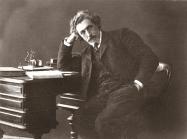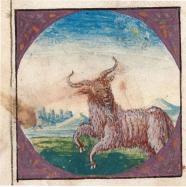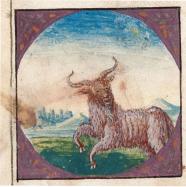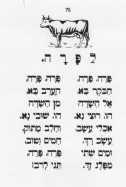(500 results found)
In Zaltsikn Yam - A Yiddish Workers' Song
… radicalism in late nineteenth-century Eastern Europe, our Song of the Month is “In Zaltsikn Yam” (In the Salty Sea), an early-twentieth-century Yiddish workers' song [See also Song of the Month for May 2010 ]. The poem … Idelsohn in 1932 in the ninth volume of his Thesaurus of Hebrew Oriental Melodies and was classified by him as a …
Had Gadya in Israeli Culture
… On the eve of Passover, our Song of the Month for April 2014 is dedicated to H ad Gadya … One only kid [young goat]), one of the most popular songs sung at the Passover seder in some of its contemporary … Annual of Jewish Studies 2 (5748[1988]), 201-226 (in Hebrew). This important study recapitulates most of the …
Had Gadya
… also found at the end of the Haggadah, it is a cumulative song, with each verse adding another motif to the story. It … a kid bought by the “father” (of the singer-subject of the song), which in the next verse is eaten by the cat, which is … Annual of Jewish Studies 2 (5748[1988]), 201-226 (in Hebrew). This important study recapitulates most of the …
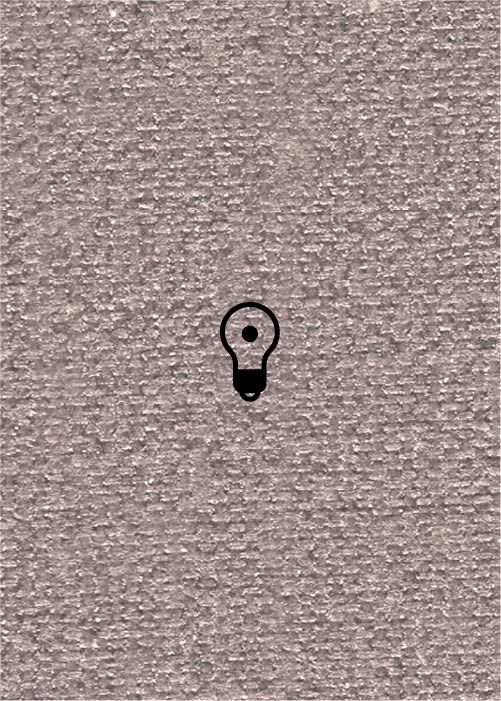
Shir HaKavod
… The Piyyut 'Anim Zemirot,' also known as 'Shir HaKavod' (Song of Glory), usually appears in the Ashkenazi Siddur at … the Shir Ye h ud. One ancient manuscript claims that 'the song was created by our rabbi Yehuda He H asid of … letter of each line forms an acrostic that spells out the Hebrew alphabet. It is customary to recite the Piyyut when …

Anim Zemirot
… The Piyyut 'Anim Zemirot,' also known as 'Shir HaKavod' (Song of Glory), appears in the Ashkenazi Siddur at the end … Shir Ye h ud. . One ancient manuscript claims that 'the song was created by our rabbi Yehuda He H asid of … letter of each line forms an acrostic that spells out the Hebrew alphabet. It is customary to recite the Piyyut when …
Atah Ehad
… zemer for the Sabbath, a Hassidic niggun and a Yiddish folksong. In addition, some Ashkenazi tunes were reincarnated as Zionist songs, becoming Israeli folk songs and folk dances in both … the score should follow the natural direction of the Hebrew language – the melody is set as a responsorial piece …

Yiddish – The Mame Loshn (Yiddish - the Mother Tongue)
… American assimilation, and Zionism's insistance on Hebrew as the national language of Israel, its numbers have … 34132 … Ergo Media inc. … … 1979 … Yiddish Films … Yiddish songs … Yiddish … American Klezmer Music … Klezmer revival … …
Para Para
… Para performed by Ruthie Fried from Kibbutz Ma'anit … Our Song of the Month, Para Para , appeared on the JMRC’s … of Music Traditions in Israel, 23) , a collection of Hebrew children's songs released in 2013. Barely three months passed after its …
Andalusian Nuba
… (a type of frame drum) that is followed by a series of songs (Sana'a) that are performed without pause until the … Sana'ai within each Mizan appear in a fixed order: First song- Tasdira elula. A number of songs in the Wazn meter. … liturgy and paraliturgy (Piyyutim). Translated from the Hebrew original in 'An Invitation to Piyut' website, by Elie …
Dort wo die Zeder: A Forgotten Zionist Anthem in German
… 722 … Although the song Hatikvah became the emblematic lyrical signifier of Zionism, other contemporary songs of Hatikvah contented for that spot in the late … these songs are only remembered by a small hardcore of old Hebrew songs’ enthusiasts. Dort wo die Zeder was one of …



